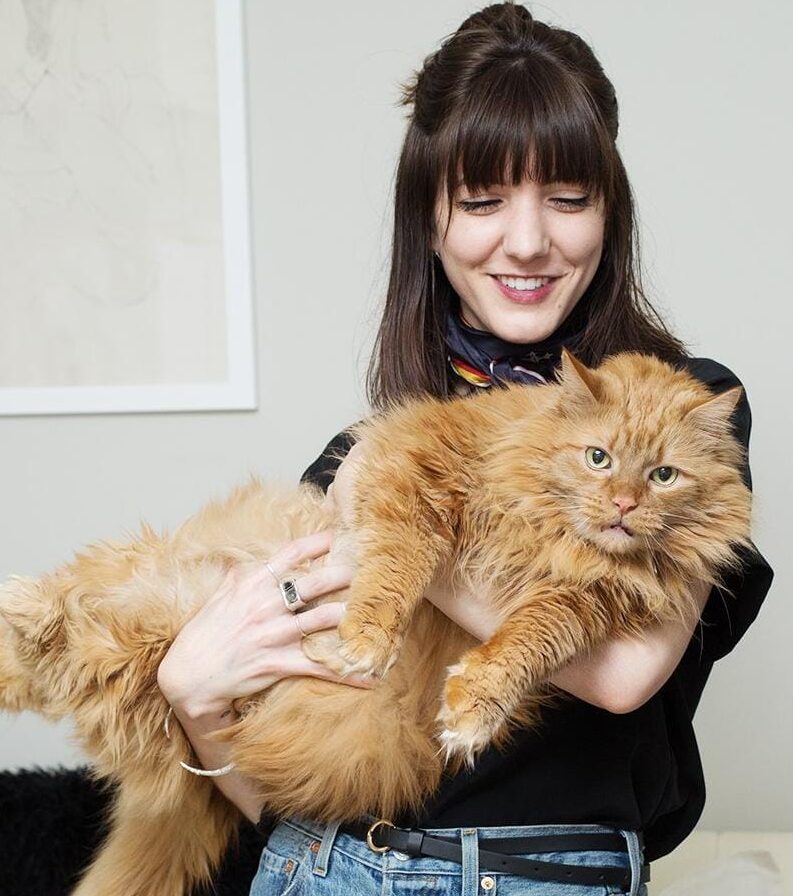Why Do Cats Put Their Paws in the Water Bowl? The top 7 causes are play, curiosity, temperature testing, hunting instincts, paw habit, stress, and boredom.
Why do cats put their paws in the water bowl?
If you’ve ever caught yourself wondering, “Why do cats put their paws in the water bowl?” you’re not alone. This quirky behavior puzzles many owners.
While it can look playful or even messy, pawing at Water often serves a real purpose. From whisker sensitivity to instincts inherited from wild ancestors, the reasons vary.
Let’s explore the most common explanations and what you can do about them.
5 Common Reasons Cats Put Their Paws in the Water Bowl
| Reason | Why It Happens | Simple Fix |
|---|---|---|
| Whisker Sensitivity | Bowl sides touch whiskers → stress | Use wide, shallow bowls |
| Testing Depth/Quality | Learned behavior to get a reaction | Keep bowls clean and full |
| Play and Curiosity | Splashing for fun or boredom | Add toys and daily playtime |
| Instinct for Moving Water | Cats prefer ripples like streams | Try a cat fountain |
| Attention-Seeking Habit | Learned behavior to get reaction | Refill quietly, redirect attention |
1) Whisker Sensitivity (Whisker Fatigue)
Cats often put their paws in the water bowl to avoid whisker fatigue. A cat’s whiskers are extremely sensitive and can become overstimulated when they brush against the sides of a deep or narrow bowl.
To make drinking more comfortable, some cats dip a paw and lick the Water instead. Switching to wide, shallow bowls or a cat fountain usually solves this issue and reduces stress at mealtime.
2) Testing Water Depth or Quality
Cats sometimes put their paws in the water bowl to test the depth or cleanliness. Because cats have keen senses, some prefer to dip a paw before drinking to check how full the bowl is or whether the Water is fresh.
Older cats with reduced vision often rely on this habit. Providing filtered Water and keeping bowls consistently topped up helps reduce this paw-dipping behavior.

3) Play and Curiosity
Cats may put their paws in the water bowl simply out of play or curiosity. Kittens especially enjoy splashing Water because the ripples mimic prey movement and keep them entertained.
For adult cats, it can also be a sign of boredom or excess energy. Offering interactive toys, puzzle feeders, and scheduled play sessions can redirect this playful pawing into healthier, less messy activities.
4) Instinct for Moving Water

Cats often put their paws in the water bowl to create ripples that mimic moving Water. In the wild, flowing Water is safer and fresher than still sources, so many cats instinctively prefer it.
Pawing at the bowl helps them stir the surface and feel more confident drinking. A cat water fountain or frequently refreshed bowls can satisfy this natural preference and encourage better hydration.
5) Attention-Seeking or Learned Habit
Some cats put their paws in the water bowl to get attention or out of habit. Cats quickly notice that splashing Water makes their owners react—whether it’s refilling the bowl, cleaning the floor, or simply watching.
Over time, this becomes a reinforced behavior. To reduce it, avoid giving strong reactions, refill water quietly, and redirect your cat’s focus with play or positive interaction.

6) Possible Medical Reasons
A sudden change in pawing at the water bowl may signal an underlying health issue. Cats with dental pain, neurological problems, or age-related cognitive decline may dip their paws because drinking feels uncomfortable.
Excessive thirst linked to kidney disease or diabetes can also trigger odd water behaviors. If pawing starts suddenly or appears with lethargy, vomiting, or appetite changes, a veterinary check is strongly advised.
7) Fixes & Prevention Tips

Simple changes can stop cats from putting their paws in the water bowl. Switch to wide, shallow, whisker-friendly bowls made of stainless steel or ceramic.
Place water in quiet spots, away from food and litter. Refresh bowls daily or try a cat fountain for moving Water. Adding multiple stations and providing extra playtime helps keep cats hydrated without the mess of paw-dipping.
FAQs
Q1: Why do cats put their paws in the water bowl at night?
Cats are more active at night and may paw Water out of play or instinct.
Q2: Is it normal for kittens to splash Water?
Yes, kittens often dip or splash Water as part of curiosity and learning.
Q3: Should I worry if my cat suddenly starts pawing Water?
Yes, sudden changes—especially with lethargy or appetite loss—need a vet check.
Q4: What’s the best water bowl for cats that paw water?
Wide, shallow stainless or ceramic bowls, or cat fountains, work best.

Hi, I’m Sana Sajid!I’m the voice behind CatsCare.blog, sharing my 10+ years of hands-on cat care experience. With a diploma in animal care, I offer practical tips, trusted advice, and easy-to-follow guides to help keep your cats healthy and happy.
When I’m not writing, I spend time with my own cats or exploring the latest developments in feline health. Follow CatsCare.blog for expert insights and real cat stories!

